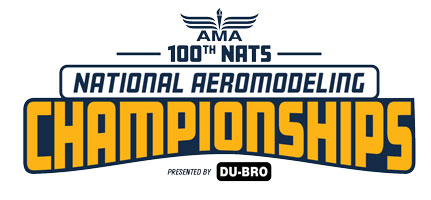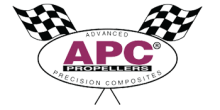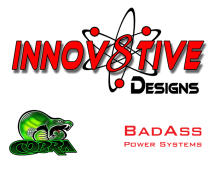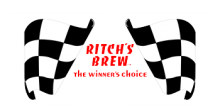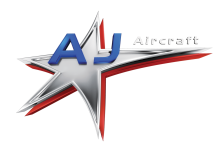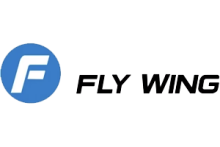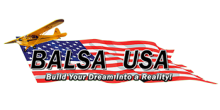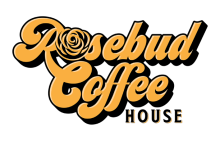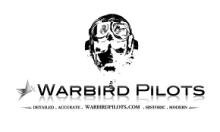
By Fred Cronenwett
We started out with the plan to do the static judging and then fly rounds 1 and 2 on Friday, but the weather forecast indicated that we should consider flying as much as possible on Thursday after all of the static judging was done.
The static tables were positioned with the judges in the shade under the tent and the models in the sun so that the judges could see the details. The models were lined up and, one by one, were done with the static judging by 12:30 p.m. But we also had register and get the models weighed. The weight of the model is used to determine how much line pull is required before the models are flown.
So, we all packed and drove over to the flying location and assembled the airplanes for the second time and prepared them for flying rounds 1 and 2.
The pilots remove minor static details and replace the static props with flying props. So now it’s time to get the motors running and the models airborne.
The wind was manageable, so we were able to get two rounds in. We didn’t leave the flying site until 7:30 p.m., so everyone was fairly tired.
There are always technical challenges when it comes to getting the models flying, and this year’s Nats was no exception. The problems can be electronic, mechanical, or just trying to get the engines or motors running.
For Ron Duly’s He-111Z five engine 1/2A model was flown, it took a team of four or five people to keep the motors that had just been started tanks full, while the other engines were getting started. The model has a unique sound with five 1/2A engines running.
As results of the flight scores came in, it became obvious that it would be a tight race to see who takes first place in Fun Scale. The margin between first and third places will be less than 2 points when all of the numbers come in.
I had electronic problems with my B-29 so it never got airborne, but I got the A-26 flown that had been flown by Walt Brownell 20 years earlier. Walt took first place in Profile Scale and also took the HighSstatic award at the 2001 Nats in Profile Scale. So, flying this model 20 years later was to honor Walt Brownell and his efforts.
Let’s hope for flyable weather on Friday. We only have two rounds left and the contest is not over until Saturday. Friday is also the NASA Scale banquet, where the High Static award is handed out and new people will be inducted into the CL Scale Hall of Fame.
Welcome signs coming to the Muncie site.
 Burt Brokaw’s Macchi 202 Profile Scale model with a .46 size glow engine and down-the-line electronic controls.
Burt Brokaw’s Macchi 202 Profile Scale model with a .46 size glow engine and down-the-line electronic controls.
 Joe Gilbert flying one of the three Lockheed Constellation’s that Ed Mason brought to the Nats this year.
Joe Gilbert flying one of the three Lockheed Constellation’s that Ed Mason brought to the Nats this year.
Jeff Jensen flying his Profile Scale Curtiss Helldiver model.
 Ron Duly flew a P-38 model in Fun Scale with the Yippee markings that he acquired from another modeler.
Ron Duly flew a P-38 model in Fun Scale with the Yippee markings that he acquired from another modeler.
Burt Brokaw’s P-47 with a HB-61 motor and flaps that was built from a VQ Models ARF kit.
Ed Mason had two electric powered Lockheed Constellations, so if you thought you were seeing double that is why.
 A Howard DGA-3 Pete built for 1/2A Scale by Burt Brokaw.
A Howard DGA-3 Pete built for 1/2A Scale by Burt Brokaw.
 A Piper Cub by Jim Jensen built from an old Carl Goldberg Cub kit.
A Piper Cub by Jim Jensen built from an old Carl Goldberg Cub kit.
 Burt packaged his electronic controls into this box that is velcroed to the CL handle.
Burt packaged his electronic controls into this box that is velcroed to the CL handle.
 With one engine out of fuel Ron Duly’s He-111Z is getting close to landing.
With one engine out of fuel Ron Duly’s He-111Z is getting close to landing.
